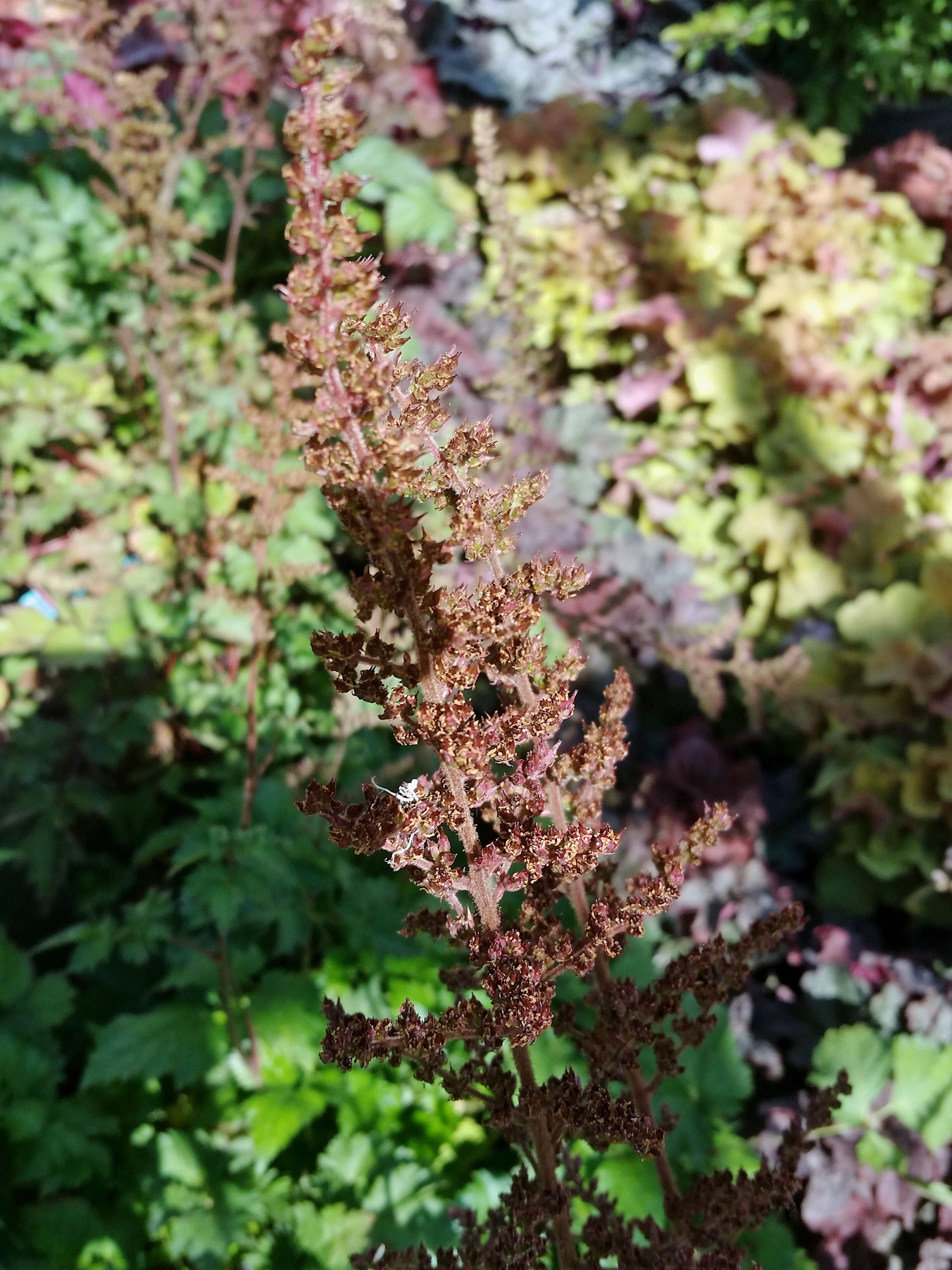Troubleshooting Astilbe Diseases: Overcoming Problems Growing Astilbe Plants


If you want a perennial with colorful, showy flowers for a shady garden area, astilbe may be the perfect plant for you. Its beautiful, bright flowers grow from shiny foliage and can rise to 5 feet (1.5 m.) tall, depending on the species. Astilbe plants are as tough as they are lovely. This doesn’t mean that they are completely pest free, however. Read on for information on astilbe plant diseases.
Problems Growing Astilbe
Astilbe grows best in a shady location with well-draining soil. Too much sun can cause wilting or leaf scorching. Overall, this perennial is generally healthy. However, it can suffer from astilbe plant diseases that can kill the plant if left untreated and several that are untreatable from the get-go.
Diseases of Astilbe Plants
Powdery mildew and cercospora leaf spot are two astilbe plant diseases that are fungal in origin. Both can present serious problems growing astilbe in the garden. When you first spot powdery mildew infection, it looks like someone sprinkled white power over the plant’s leaves. If you don’t treat the powdery mildew, the plant’s leaves may yellow and die back. Powdery mildew is one of the astilbe diseases that can eventually kill the plants. Cercospora leaf spot is another of the diseases of astilbe that can prove fatal to the plant if you don’t treat it. If you see dead spots form on leaves, your astilbe may suffer from this leaf spot. This fungal infection often occurs in hot, wet weather. If the spots on the leaf are restricted in shape by the leaf veins, your astilbe may have foliar nematode, caused by the pathogen Aphelenchoides.
Treating Diseases of Astilbe
You can treat any of the fungal diseases by applying a fungicide. Spray according to directions. If your astilbe is infected by powdery mildew, leaf spot, or foliar nematode, you should also watch your cultural practices. Increase the air circulation inside the plant by thinning back the central branches. In addition, irrigate the plant in a manner that does not allow water to touch the foliage.
Fatal Astilbe Diseases
The astilbe is subject to a few diseases for which no cure is possible. These include root knot nematode, which causes galls to form on the plant’s roots, tobacco ring spot virus, and Fusarium or Rhizoctonia wilt. A plant with wilt has brown sunken areas on the lower section of stem. If your plant suffers from any of these diseases of astilbe, your best bet is to remove and destroy the infected specimens. Put them in the garbage rather than the compost to avoid spreading the disease.
Sign up for the Gardening Know How newsletter today and receive a free copy of our e-book "How to Grow Delicious Tomatoes".

Teo Spengler is a master gardener and a docent at the San Francisco Botanical Garden, where she hosts public tours. She has studied horticulture and written about nature, trees, plants, and gardening for more than two decades, following a career as an attorney and legal writer. Her extended family includes some 30 houseplants and hundreds of outdoor plants, including 250 trees, which are her main passion. Spengler currently splits her life between San Francisco and the French Basque Country, though she was raised in Alaska, giving her experience of gardening in a range of climates.